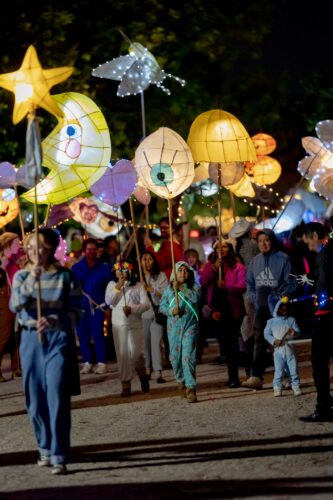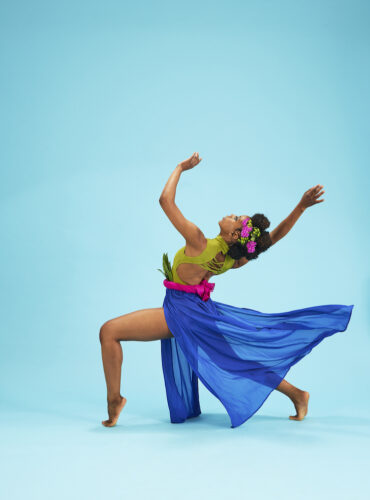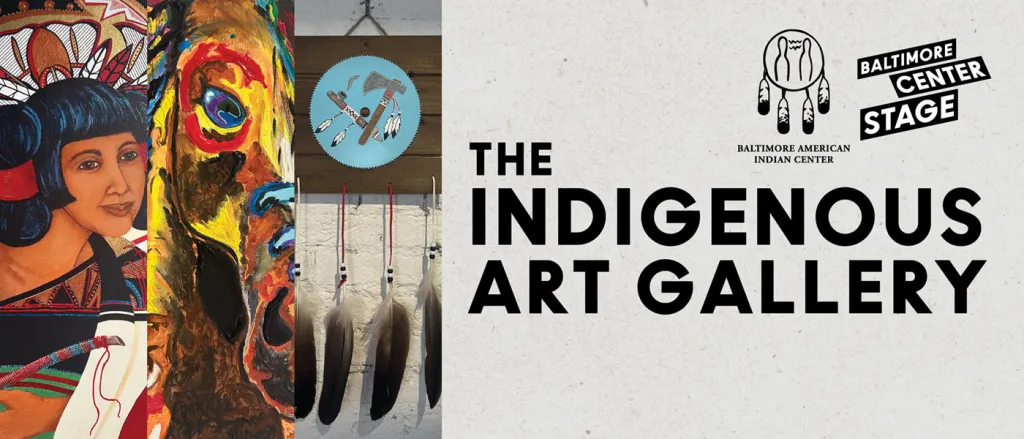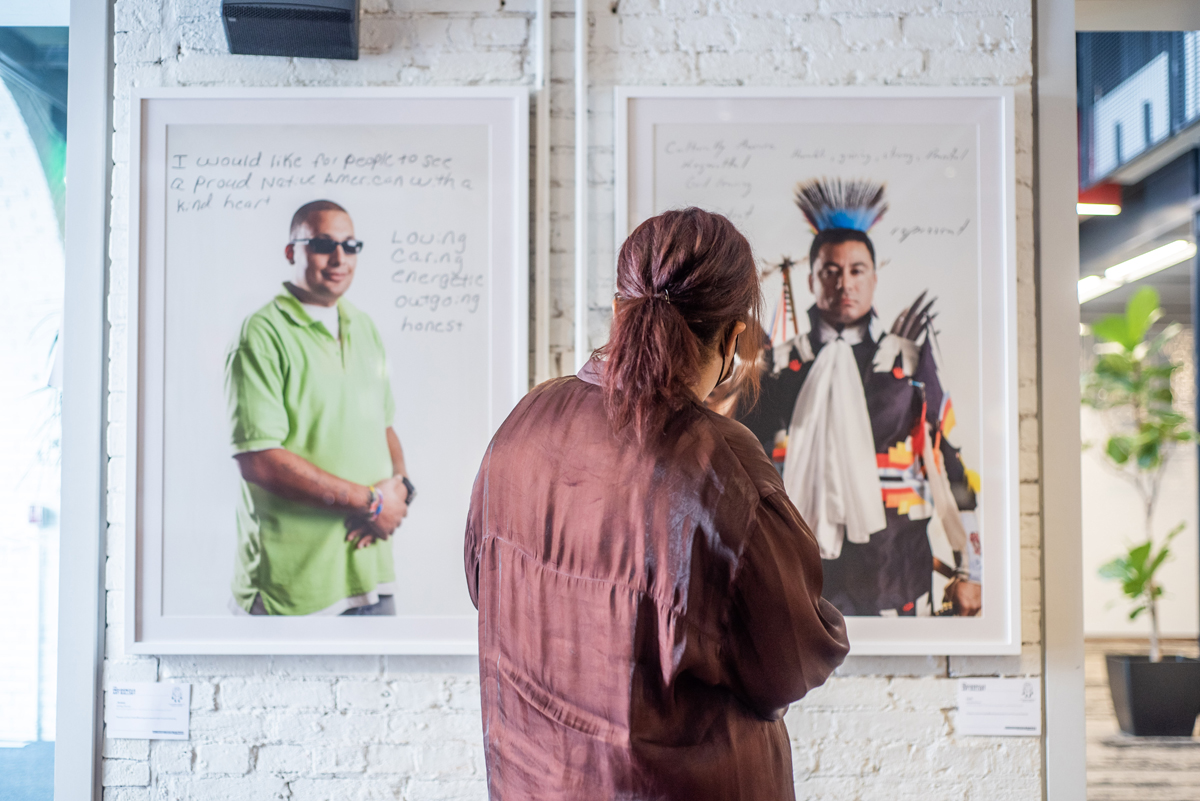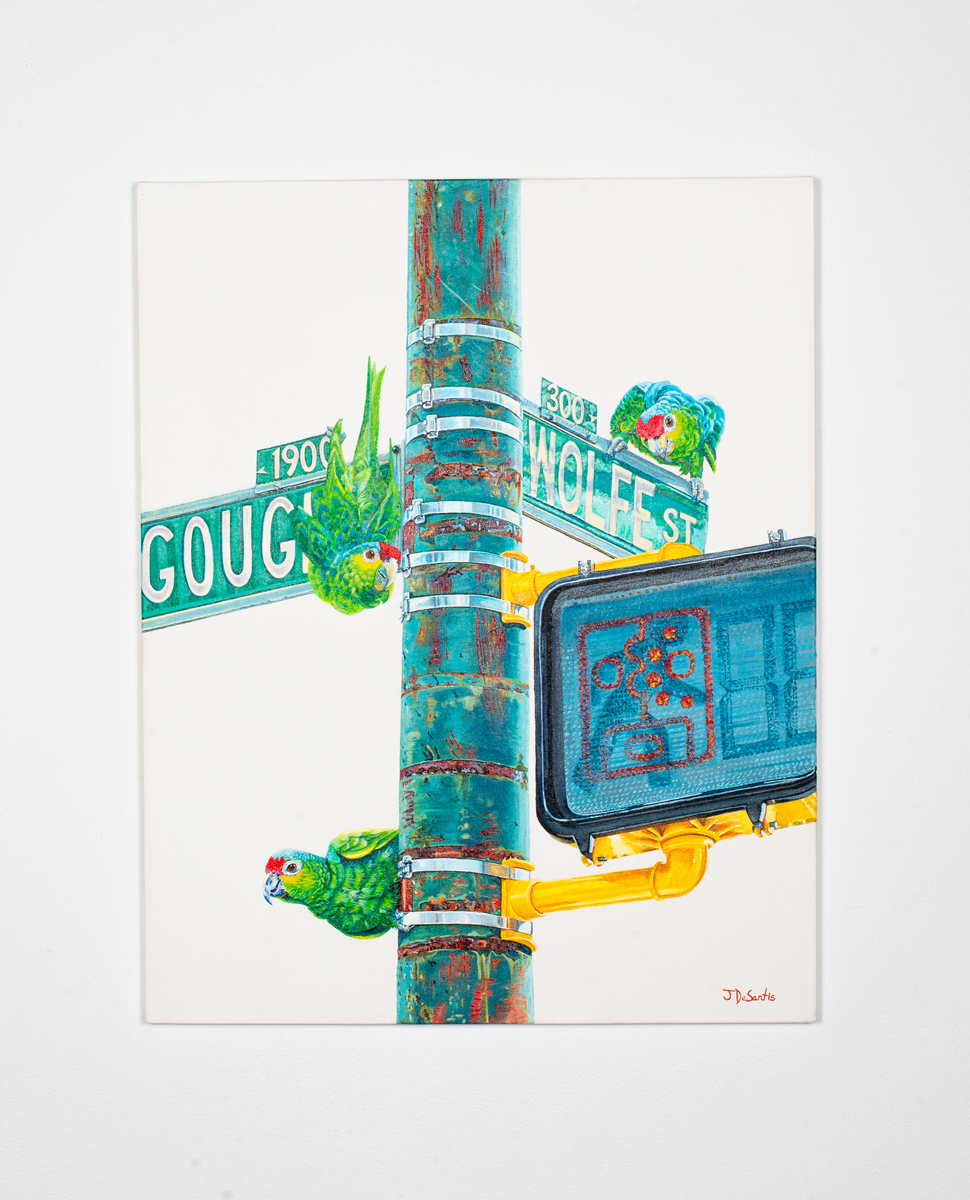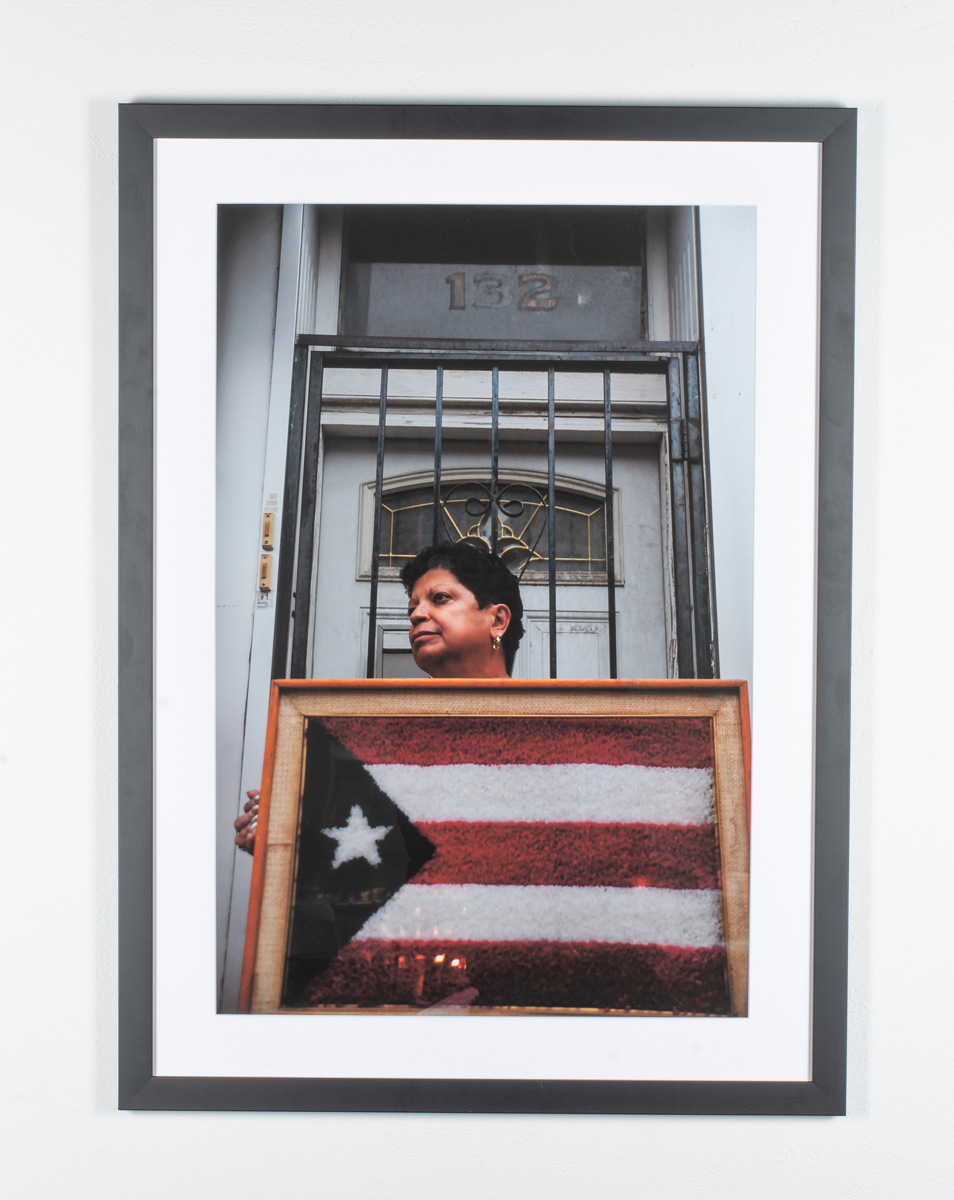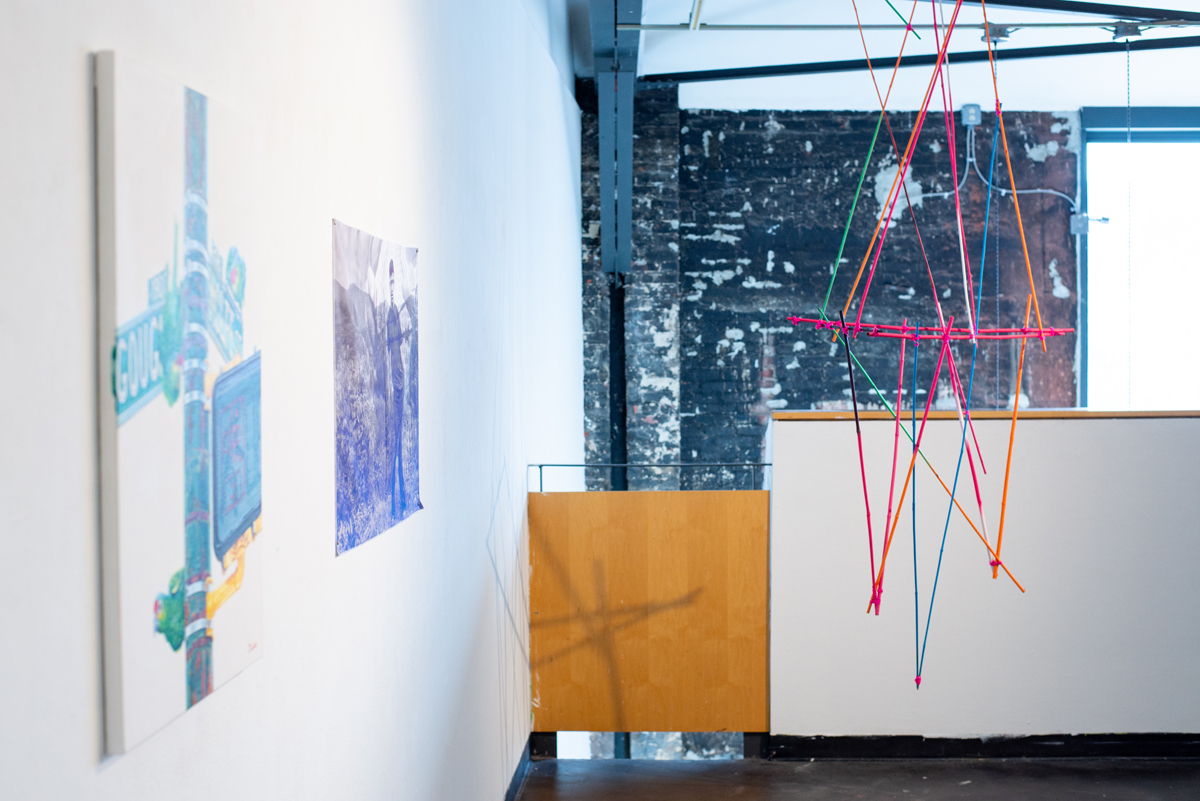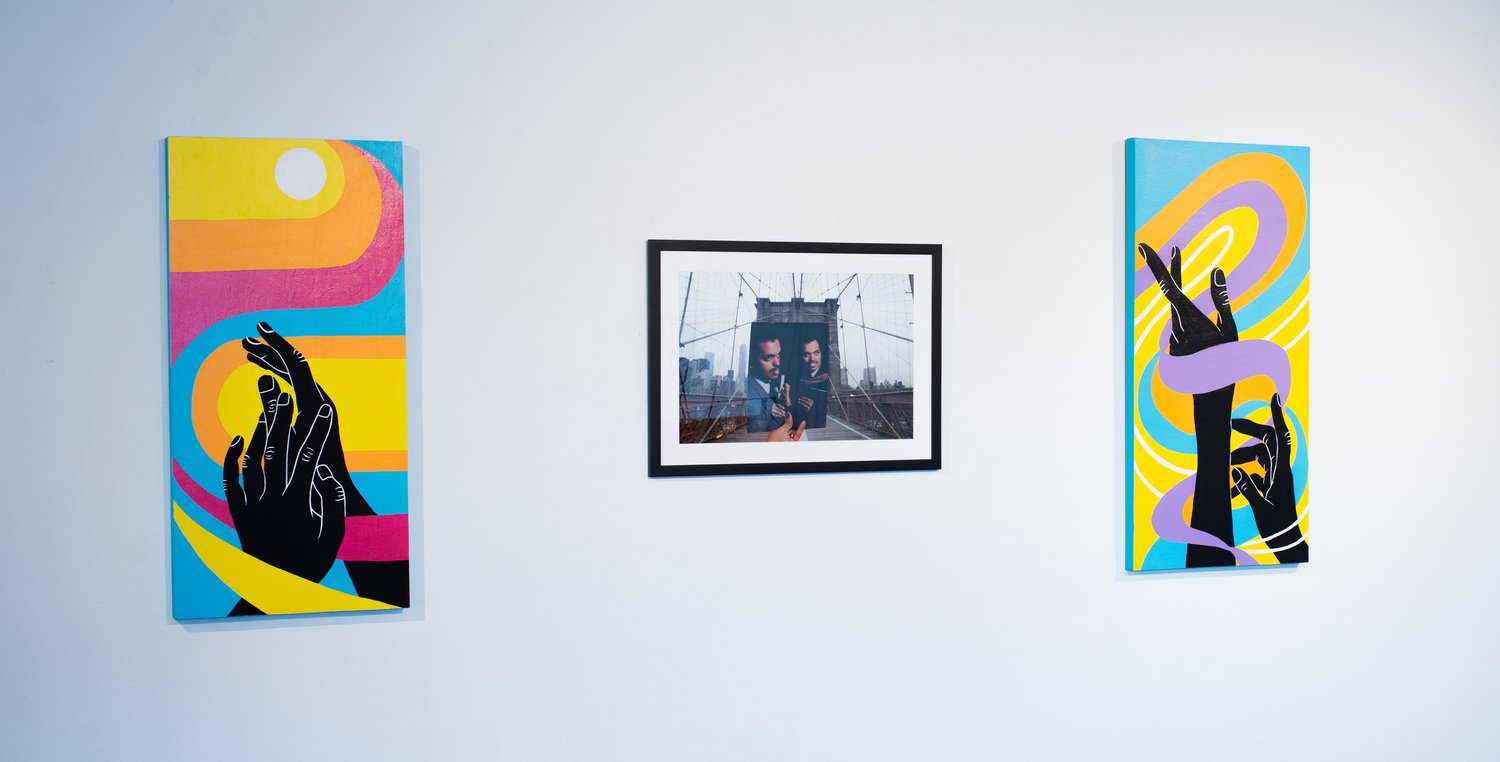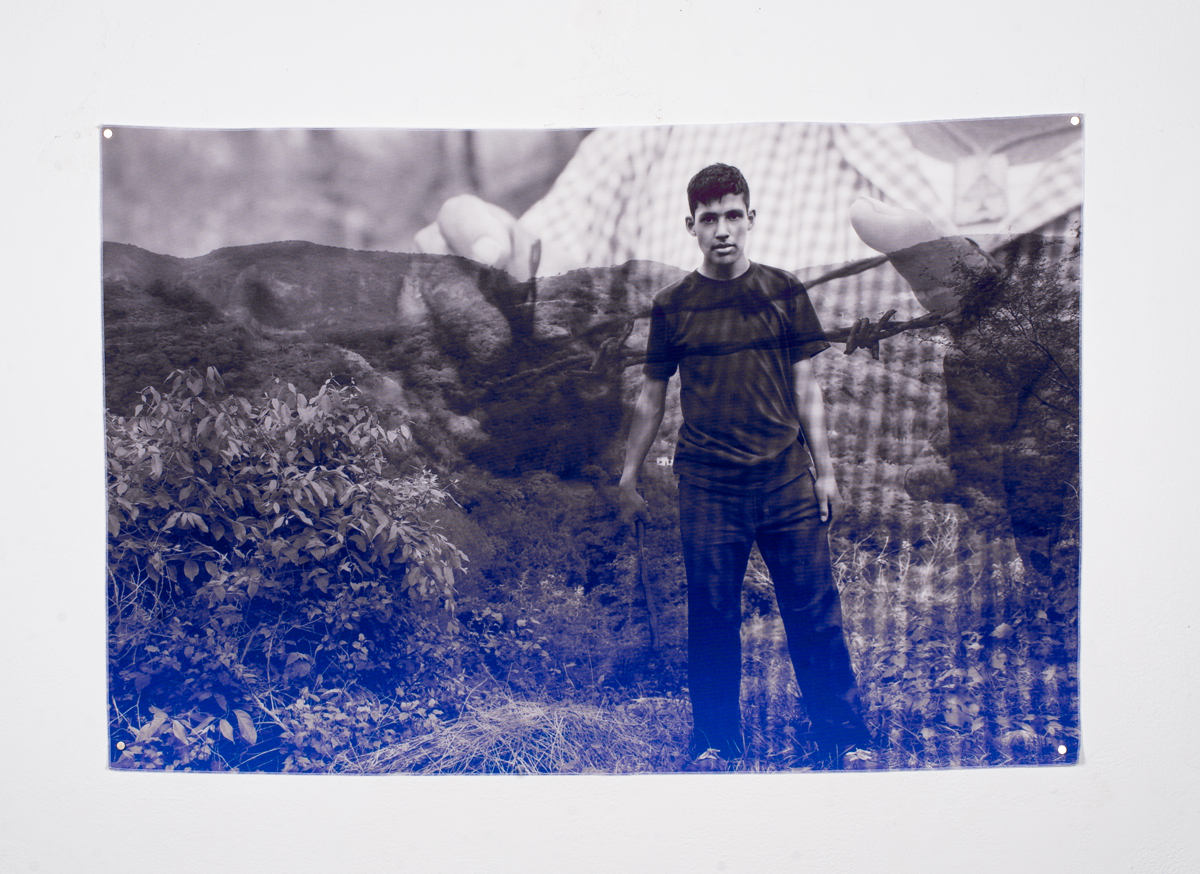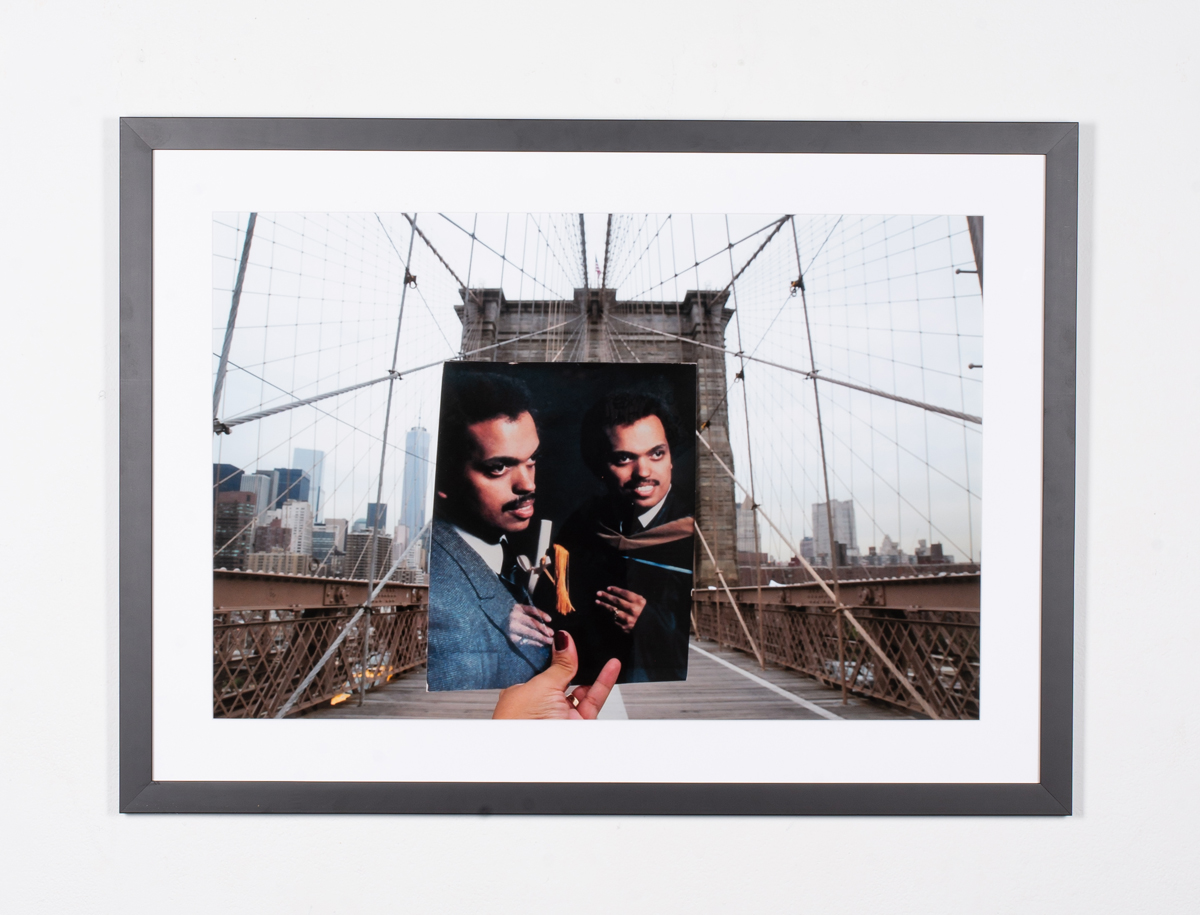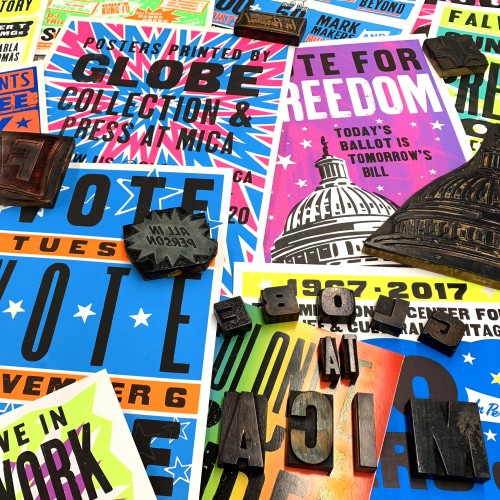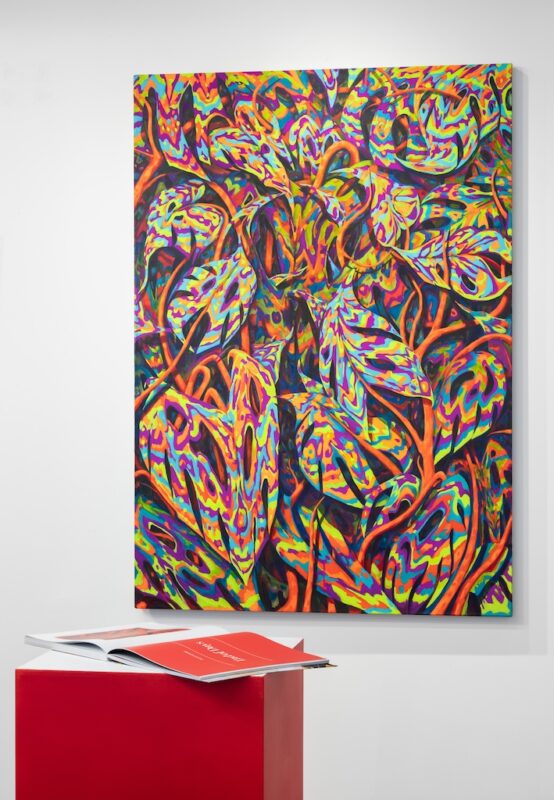Christina Delgado’s “La Bandera” embraces that same unabashed sentiment of cultural pride. The photograph depicts a woman in front of her Brooklyn home’s doorway, holding a framed Puerto Rican flag. The piece’s title translates to ‘The Flag’, which the woman highlights as the focus of the photo by turning her head to the side and holding the frame front and center. “La Bandera” is part of Delgado’s body of work that revolves around the Puerto Rican diaspora based in New York City, commonly referred to as Nuyoricans, which are one of the largest diaspora groups in the United States.
The Indigenous Art Gallery’s inaugural exhibition and Taking Space are excellent examples of exhibitions focused on the connections between artists’ roots and how they present in their work. Both exhibitions explore the amalgamation of cultures brought by the artists, who so readily share their journey with the visitors going to see their artwork. These exhibitions bring about an abundance of opportunities for these artists that are part of communities already so little represented and provide voices for their communities to express their joys, fears, sadness, and more with the rest of the city.
Taking Space is on view at Creative Alliance through October 21st and features the work of Tito Rosa, Christina Delgado, Jessy DeSantis, Jaz Erenberg, and Edgar Reyes
Still Here is on view at Center Stage through June 16th, 2024 and features the work of Judy TallWing, Ashley Minner, Joshua Webster, Dean Tonto Cox, and Tanelle Schrock
